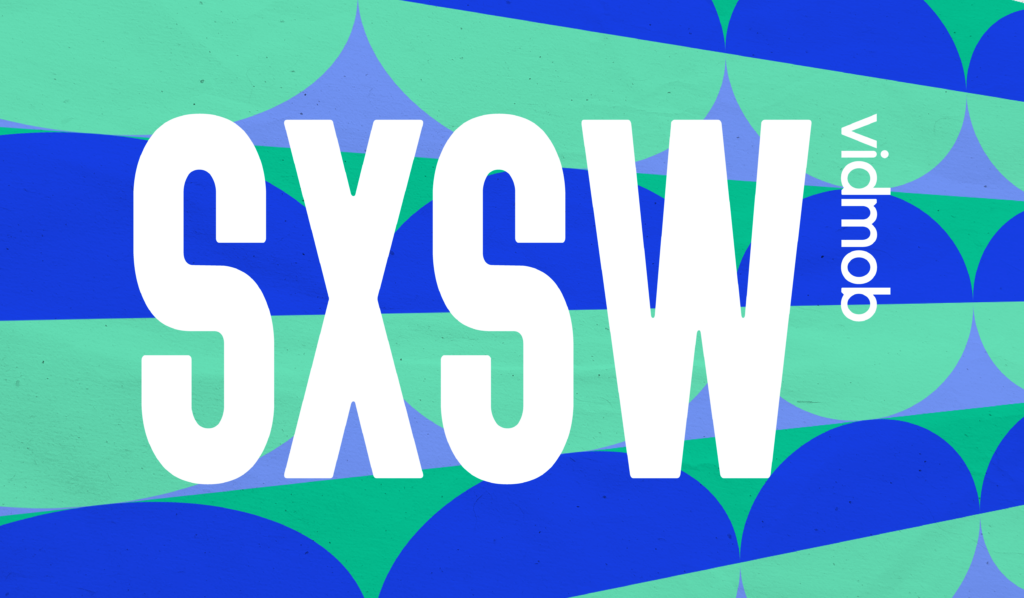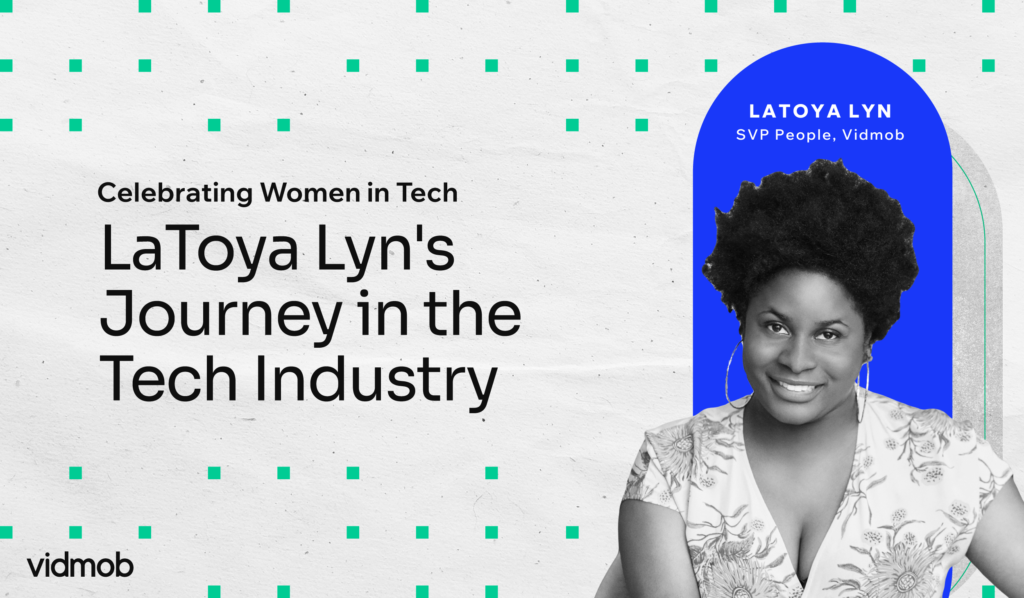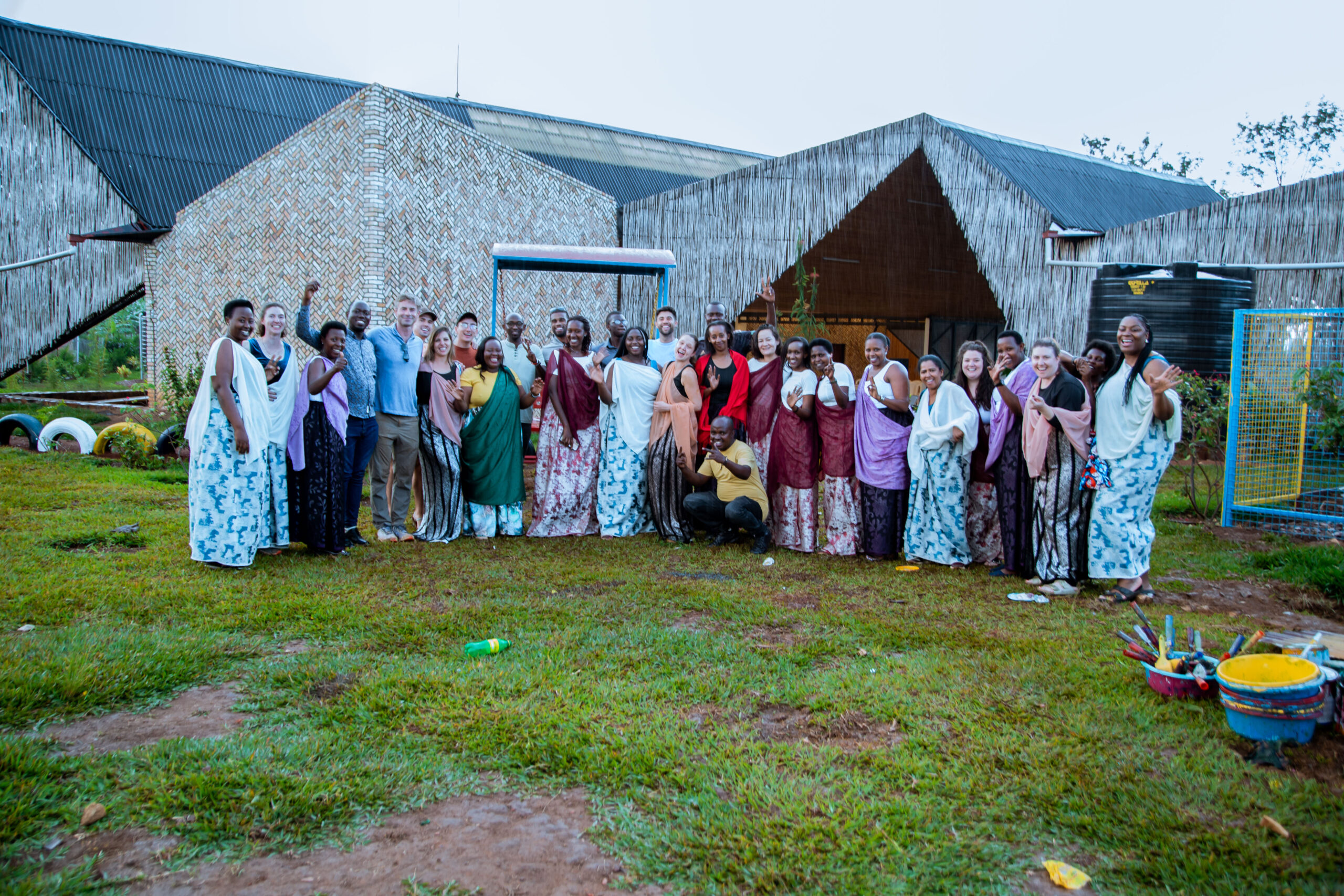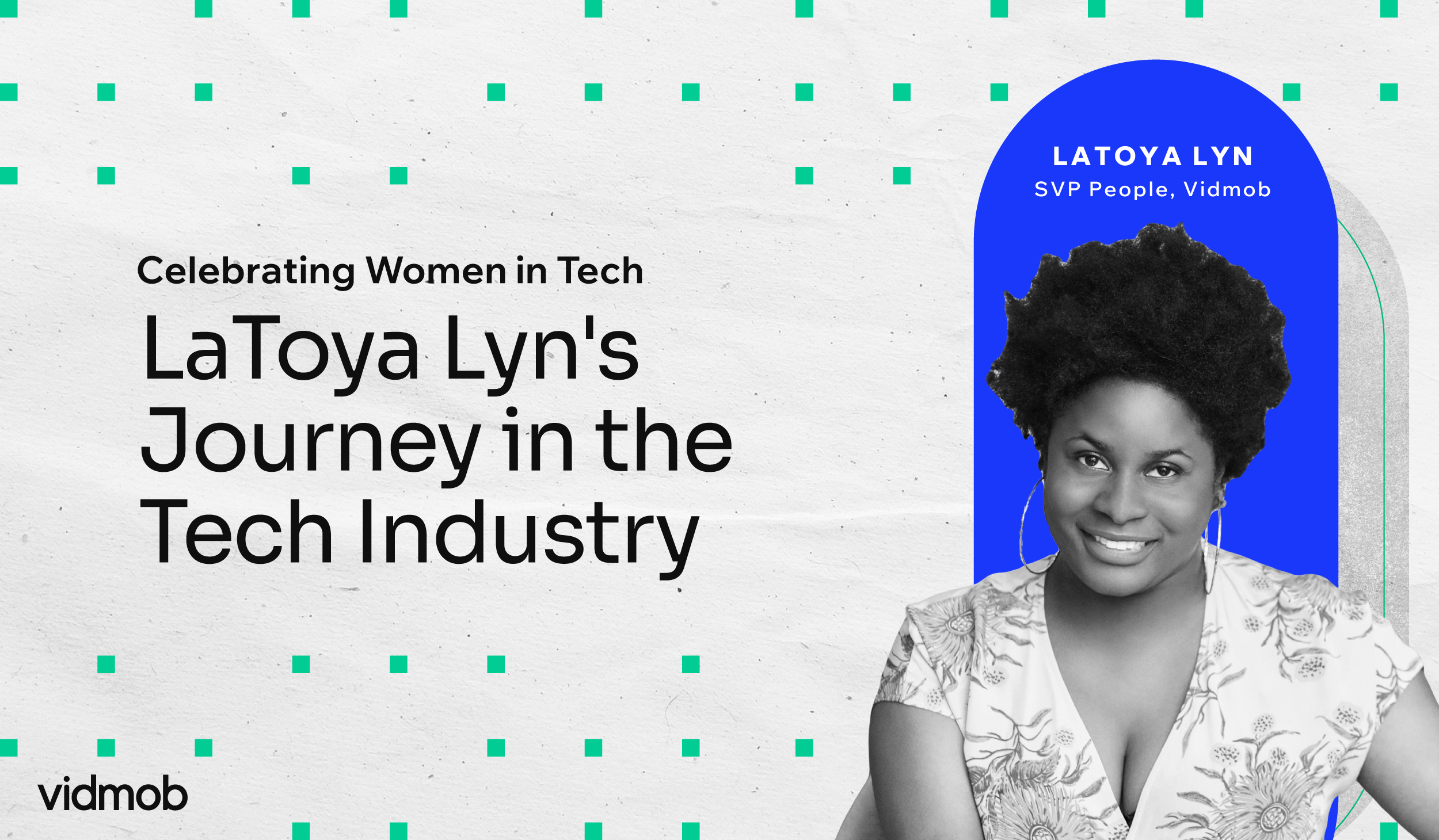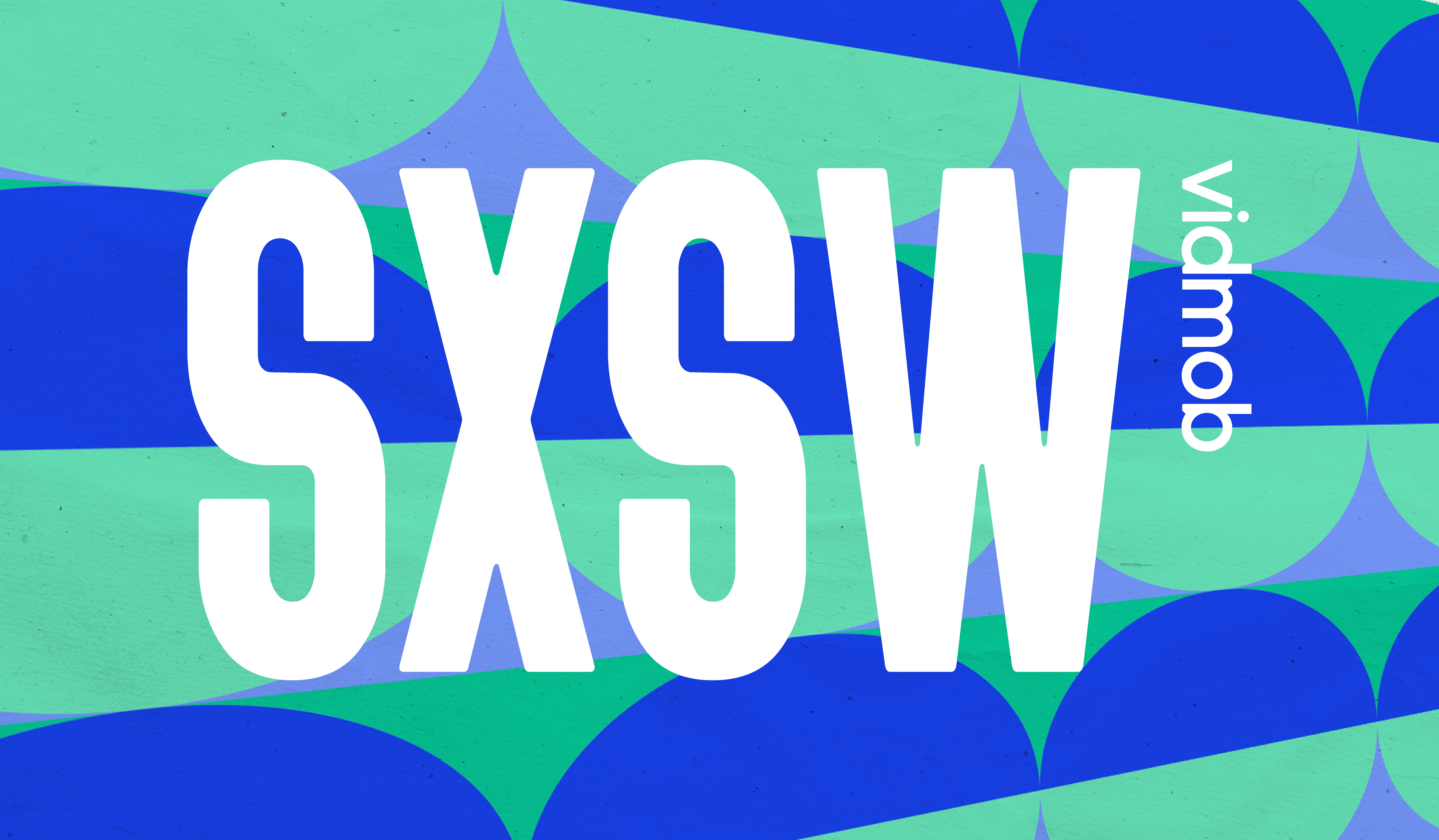Creating without Boundaries: Q&A with Kamila Zmrzla

I took pause when I first saw a picture of Kamila Zmrzla’s art in SoHo — the soft colors, bold shapes, and messages addressing police brutality stood out. Zmrzla’s backstory, creative process, and motivations left me even more intrigued. Born and raised in former Czechoslovakia, she moved to the US at age 17 when her parents won a green card lottery. Today she resides in Brooklyn where she expresses her urgent desire for change through her art, on and off the streets of SoHo.
How has your upbringing in former Czechoslovakia influenced your art style?
There wasn’t much art around when I was growing up; the schools didn’t really support it. I remember having an art class only in 3rd grade and loving it. My favorite playground was the scrap metal dump by my house where I played with my BFF – collecting and creating from all the unwanted pieces of metal. Museums were mostly empty. I don’t think I had even seen a real painting until I had moved to the US at 17.
I definitely feel inspired by the amazing architecture of my home town, Prostejov. I am also very influenced by Czech porcelain, national costumes, and all the intricate embroidery. I was also always very fascinated by the Czech and Slovak book covers from the ’50-’70s.
What made you first pursue art?
Mainly the need to constantly be doing something with my hands. Art is a necessity for me, like eating and breathing. I was hugely inspired by the Czech symbol of femininity, the Vestonice Venus. I feel like she keeps coming back to a lot of my work. It’s a ceramic statue of a female figure dated to 29,000-25,000 BCE. It is currently not on view but I own an exact replica. It sits on a shelf by my workstation so I can always see her.
What’s your earliest memory with a paintbrush?
It’s not a paintbrush per se, it’s markers. I really wanted this marker set with a compass. You attached a marker to it and it created the perfect circles in all different colors. I really wanted it and my parents didn’t want to get it for me. Maybe it cost too much? Later that year I was rushed into emergency surgery with an inflamed appendix. After I woke up from the anesthesia I finally got my markers. I was so happy, I think I cried. Those markers were part of me for a very long time.

How would you describe your art style?
It’s hard to say because I constantly evolve. I love art because it allows me to move from one thing to another. I love that it has no rules or boundaries. I love doing anything: watercolors, to textiles, to metal sculptures, to embroidery, and now street art. So I suppose I would describe it as eclectic romance.
What statement are you making with this specific piece in SoHo?
I work on intuition and after George Floyd was brutally murdered it took me a while to watch the video. I finally did and cried. I felt angry and sad and so many emotions. Questions were flushing through me. This piece was based on a collage I did reflecting my feelings on the murder. I put all my emotions into all the shapes surrounding the figure. I thought of a blackboard. When we were bad in school, we used to have to write with white chalk over and over to remember to not make the same mistake twice. This exercise was supposed to teach us to do the right thing. I wrote the messages over and over because I felt like getting it out. I had so much built-up anger in my brain and it was physically affecting my whole body. I felt like screaming. I was thinking of the emotionless faces of the cops while they were murdering a man. What it must have felt like for George to know he will die and what it must have felt like for the people who tried to help. How helpless and angry they must have felt. This painting came pouring out on its own.

Several of your pieces address the struggle of Black Americans. Many may be surprised that a Czech artist painted this mural. Why are you inspired to address this topic in your art?
This just felt right, nothing else felt more right. I am a romantic. I want acceptance, understanding, and justice for all. We are in America for God’s sake so why does it still feel like a Third World country for some? I know what it is like to not have freedom and what it is like to not have justice. I recognize it — I am recognizing it.
You even incorporated text in your paintings. What is the significance of the words, “don’t shoot” and their placement in the core of the body?
There are other hidden messages in the white figure like “don’t strangle” and it ends with “do the right thing,” a reference from Spike Lee. I want police reform, I want the cops to stop making the same “mistakes” over and over. I want them to all “stand by the black or whiteboard with chalk” and write this over and over. I want them to finally do something about it. I want them to stop shooting underaged kids for carrying a bag with soda and skittles. I want them to stop choking innocent men for using a counterfeit $20. I want them to stop breaking into homes without a warrant and shooting innocent girls and women. I want the cops to stop abusing their power.
Many of your murals seem to follow a similar color scheme: black, pastel blue, pastel pink, and white. Is there a deeper meaning behind those colors?
This is simple. The art stores were closed. I had to use exterior house paint from Lowes. I couldn’t afford to buy that many colors so I chose colors that made me feel happy. I want the colors to calm you first because nothing gets accomplished with anger. You can feel it but it cannot overtake you.

Your work seems to center around the experience of women. Why are you drawn to feature women in particular?
Because women are nurturing. We all can use a little bit of that right now. I am a woman and a mother and that is what I can relate to. I think a lot about how many mothers are hurting because of injustice. She is the venus in any color.
What do you want the viewer to take away when they see your art in SoHo?
I want them to feel hope. Hope is important at this time when we don’t feel much hope. I read somewhere that artists were “non-essential” in the time of COVID. I want to disprove that theory.
You can check out more of Kamila’s art on her Instagram, @topbunartist. To view the entire street art series posted by VidMob, click here.

